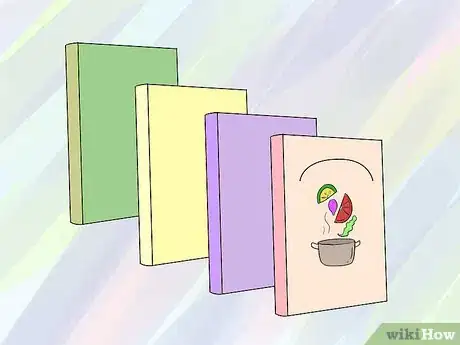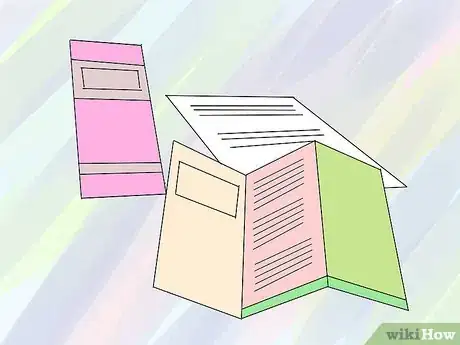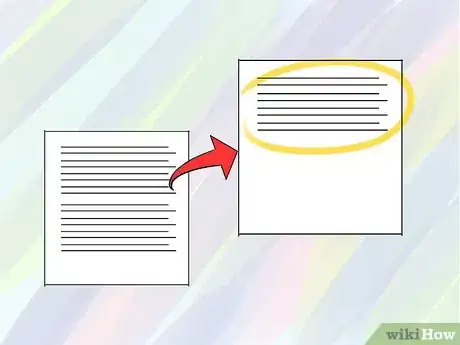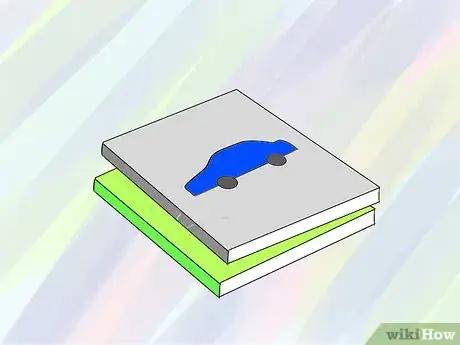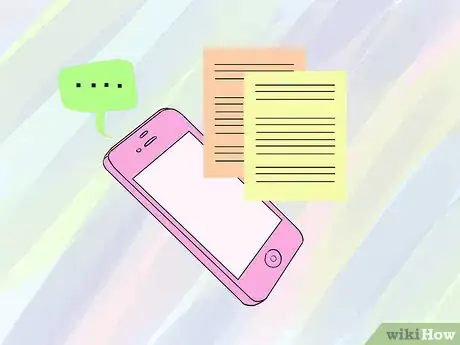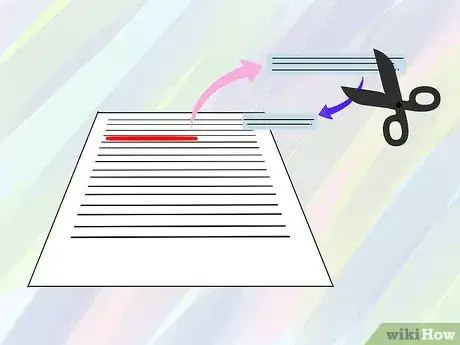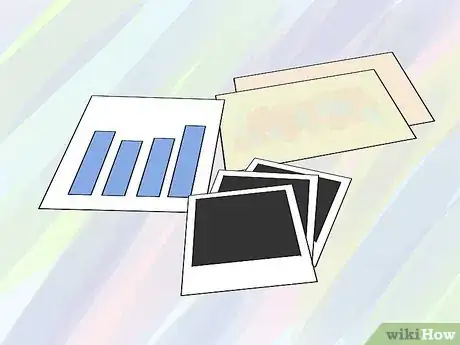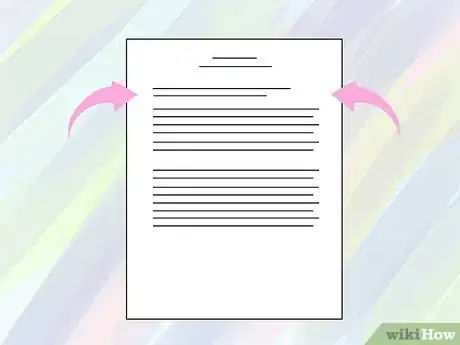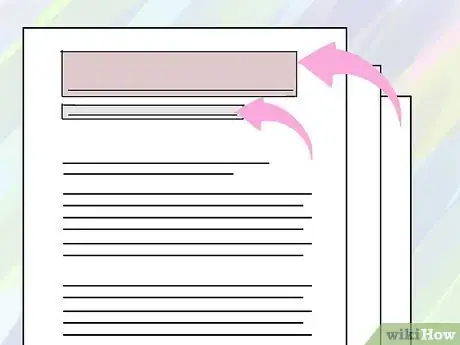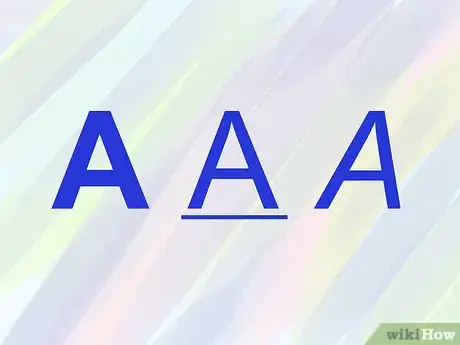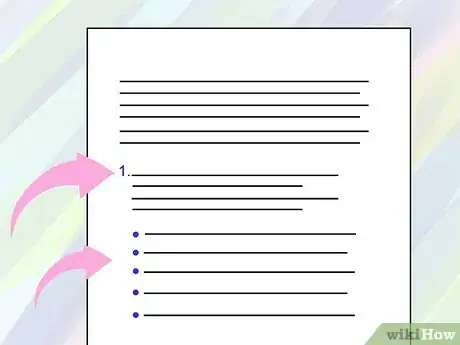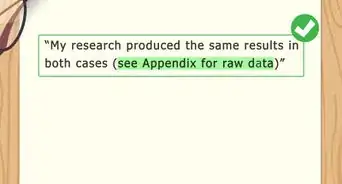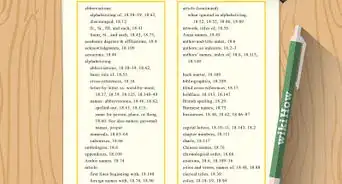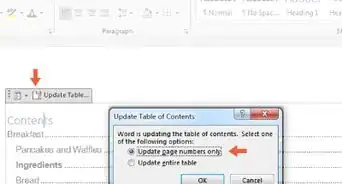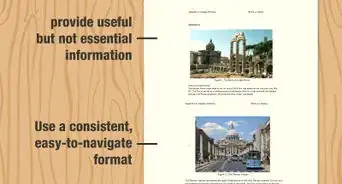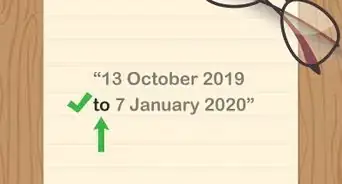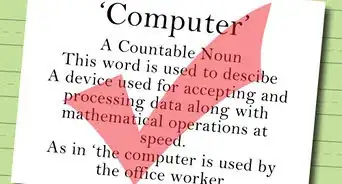wikiHow is a “wiki,” similar to Wikipedia, which means that many of our articles are co-written by multiple authors. To create this article, volunteer authors worked to edit and improve it over time.
This article has been viewed 26,892 times.
Learn more...
Technical writing is writing that describes or explains a product, service, or idea to the reader. While technical writing has some elements in common with essay writing and journalism, it is distinctive from both. Technical writing can be learned on the job but is more commonly taught in college classes and seminars. Teaching technical writing involves teaching students its importance, the types of documents produced, and the objectives technical writers strive for. The following steps cover these aspects.
Steps
Preparing to Teach Technical Writing
-
1Teach students the importance of technical writing. Students need to understand both how important writing will be in their careers and also how important it is that they write well.
- Low-level employees can expect to spend up to 20 percent of their time writing, with the percentage of time spent writing increasing as they climb the corporate ladder.
- As cited by Janet Van Wicklen in "Why Dick and Jane Can't Write on the Job," American businesses lose more than $1 billion each year from poorly written communications.
-
2Familiarize students with the various documents that technical writers produce. Technical writing can be broken down into several sub-types, as described below. Some documents may have elements of more than one sub-type within them, such as marketing-related topics within a help file.
- Instructional writing: This includes textbooks, user and owner's manuals, software help files, procedure guides, and how-to articles. The purpose of instructional writing is to inform, explain, and educate.
- Marketing writing: This includes fliers, brochures, external newsletters, social media posts, and white papers. While the purpose of marketing writing is to sell as much as it is to inform, the style of technical writing used for marketing purposes is one that informs, to sell by telling instead of overt persuasion.
- Business communication: This includes internal newsletters, letters, reports, corporate memos, corporate intranets, and email. The purpose of business communication is to communicate company policies, plans, and progress to those who have a vested interest in the company's success, either as employees or investors.
Technical Writing Content Objectives
-
1Strive for clarity. Technical writing content should be clearly understood by the person reading it. Poorly written content can lead to broken equipment, replacement costs, and possibly either the owner suffering injury or suing the company — all of which can damage public relations.
- One way to ensure clarity is to use specific quantities instead of ambiguous terms: "three" instead of "several," "every four hours" instead of "frequently," "a week ago" instead of "recently," and so forth.
- Another way to ensure clarity is to use a given word to represent the same concept throughout the document. In a software help file, for example, "screen" should always refer to the computer screen, "window" should always refer to the main display of a software application, and "dialog" or "dialog box" should refer to any floating portion of the display that prompts the user for a response.
-
2Be brief. Unlike other forms of writing, technical writing is intended to help the reader accomplish a purpose, often in a limited amount of time. For this reason, technical writing uses as few words as necessary to make its point.
- Some technical documents are brief because of how they are designed. A car owner's manual is written concisely because it is designed to fit in the glove compartment, while the owner's manual for a watch is often designed to fit in the watch case.
- Technical writing for the Internet needs to be brief because many readers find it harder to read text on a screen than in print. Also, the advent of tablet computers and smartphones means that many readers are reading with screens smaller than those used with a desktop or laptop computer.
- One way to be brief is to use the shortest possible word that conveys the concept: "use" instead of "utilize," "try" instead of "endeavor," "to" instead of "in order to." Prepositional phrases can often be replaced with a single adjective in front of a noun or eliminated entirely.
- A second way to be brief is to omit unnecessary words. Something is unique; it is not "somewhat unique," "rather unique," or "very unique."
- A third way to be brief is to use the active voice instead of the passive voice whenever possible. Active voice uses action verbs without linking verbs ("Technical writing uses as few words as necessary"), while passive voice uses linking verbs such as "is" or "was" with participle forms of verbs ("A car's owner's manual is written concisely").
-
3Lay out the document for easy reading. Technical writing puts more emphasis on how the content is arranged on the page or screen than do other forms of writing. The goal is to present information so it can be quickly read and understood. Technical documents may use any or all of the following aids:
- Graphics such as illustrations, photographs, and tables.
- White space in the form of generous margins and block indentations to identify important text.
- Headings and subheadings to identify the concepts of the paragraphs that follow them.
- Varying font sizes and types. Headings and subheadings usually use a larger point size than body text and may be a different font than the body text.
- Font formatting such as boldface, underlining, and italics. These are often used in a consistent manner for emphasis, such as the names of virtual buttons on software user interfaces being written in boldface.
- Bulleted and numbered lists. Bulleted lists often emphasize key points, while numbered lists often list the steps in following a procedure.
-
4Know your audience. Knowing who will read the document you're writing with affect which words you choose for clarity and succinctness and may also determine how you lay out the document. Audiences can be broadly described as one of three types:
- High-tech peers/Subject matter experts. These readers generally know as much about the subject as the writer. Someone writing to this audience can use jargon related to that subject without explaining it.
- Low-tech peers/Knowledgeable people. These readers know something about the subject but not as much as the writer does. Someone writing to this audience can use jargon related to the subject, if it is properly explained.
- Lay readers/End users. These readers are customers, clients, patients, or anyone else outside the business. Someone writing to this audience should avoid jargon in favor of the words used to explain that jargon to low-tech peers and may also have to add a further explanation.
-
5Be accurate. Technical writing must provide the reader with correct information, written correctly. Facts presented must be correct, any math must be correct, and the grammar used must be correct so the reader focuses on the content without being distracted by mistakes.
- Most technical writing has to be researched in the same way as college essays are researched, through examining data, interviewing experts, and finding anecdotes and examples.
References
- http://www.attw.org/
- Rodney Ruff, Omaha, NE; technical writer and editor




